Filter by

The Functional Nucleus
This book gives an in-depth overview on nuclear structure and function. It clearly shows that the epigenome and the three-dimensional organization of the nucleus are not independent properties. The intimate relationship between the location and the epigenetic modifications of gene loci is highlighted. Finally, it shows that the complex three-dimensional organization of the nucleus is not just o…
- Edition
- 1
- ISBN/ISSN
- 978-3-319-38882-3
- Collation
- VI, 513, 8 b/w illustrations, 48 illustrations in colour
- Series Title
- -
- Call Number
- -
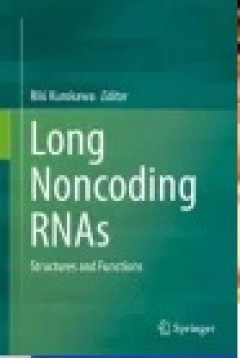
Long Noncoding RNAs: Structures and Functions
This book presents a common principle of actions of long noncoding RNAs (lncRNAs) from points of view at the atomic, molecular and cellular levels. At the atomic level, chemical studies of ribonucleic acids explain the chemical behavior of lncRNAs. Structural biological analysis of lncRNAs and its binding proteins also reveal the precise mechanisms of their actions. Molecular biological approac…
- Edition
- -
- ISBN/ISSN
- 978-4-431-55576-6
- Collation
- -
- Series Title
- -
- Call Number
- -
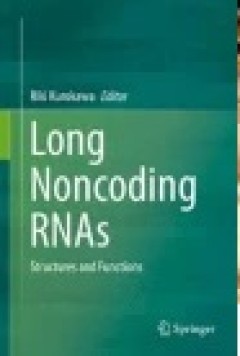
Long Noncoding RNAs: Structures and Functions
This book presents a common principle of actions of long noncoding RNAs (lncRNAs) from points of view at the atomic, molecular and cellular levels. At the atomic level, chemical studies of ribonucleic acids explain the chemical behavior of lncRNAs. Structural biological analysis of lncRNAs and its binding proteins also reveal the precise mechanisms of their actions. Molecular biological approac…
- Edition
- -
- ISBN/ISSN
- 978-4-431-55576-6
- Collation
- -
- Series Title
- -
- Call Number
- -
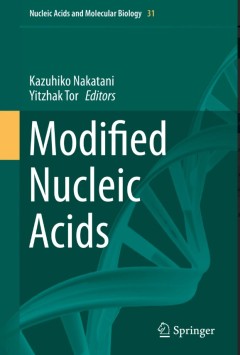
Modified Nucleic Acids
This book spans diverse aspects of modified nucleic acids, from chemical synthesis and spectroscopy to in vivo applications, and highlights studies on chemical modifications of the backbone and nucleobases. Topics discussed include fluorescent pyrimidine and purine analogs, enzymatic approaches to the preparation of modified nucleic acids, emission and electron paramagnetic resonance (EPR) spec…
- Edition
- 1
- ISBN/ISSN
- 1869-2486
- Collation
- X, 276
- Series Title
- Nucleic Acids and Molecular Biology
- Call Number
- -

Epigenetic Mechanisms in Cellular Reprogramming
The ability of a single genome to give rise to hundreds of functionally distinct cell type programs is in itself remarkable. Pioneering studies over the past few decades have demonstrated that this plasticity is retained throughout development, a phenomenon of epigenetic programming and reprogramming that remains one of the most fascinating areas of modern biology, with major relevance to human…
- Edition
- -
- ISBN/ISSN
- 978-3-642-31974-7
- Collation
- 1 b/w illustrations, 19 illustrations in colour
- Series Title
- -
- Call Number
- -
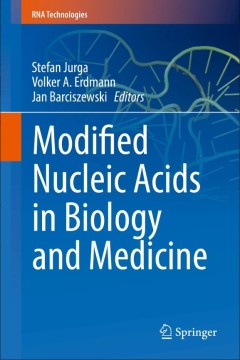
Modified Nucleic Acids in Biology and Medicine
This volume is comprised of 18 chapters, covering various aspects of DNA modification and RNA modified bases. It also discusses in detail circular RNA, therapeutic oligonucleotides and their different properties. The chemical nature of DNA, RNA, protein and lipids makes these macromolecules easily modifiable, but they are also susceptible to damage from both endogenous and exogenous agents. …
- Edition
- 1
- ISBN/ISSN
- 2197-9758
- Collation
- XIV, 453
- Series Title
- RNA Technologies
- Call Number
- -
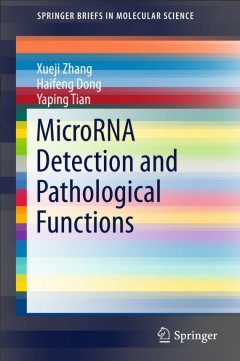
MicroRNA Detection and Pathological Functions
Dr. Xueji Zhang is a Professor and the Dean at the School of Chemistry & Biological Engineering, University of Science & Technology Beijing (USTB), P.R. China. He received his BSc. and Ph.D. from Wuhan University in 1989 and 1994, respectively. His postdoctoral work was completed at National Institute of Chemistry, Slovenia, Swiss Federal Institute of Technology, Zurich and New Mexico State Uni…
- Edition
- 1
- ISBN/ISSN
- 978-3-662-47292-7
- Collation
- IX, 101
- Series Title
- SpringerBriefs in Molecular Science
- Call Number
- -
 Computer Science, Information & General Works
Computer Science, Information & General Works  Philosophy & Psychology
Philosophy & Psychology  Religion
Religion  Social Sciences
Social Sciences  Language
Language  Pure Science
Pure Science  Applied Sciences
Applied Sciences  Art & Recreation
Art & Recreation  Literature
Literature  History & Geography
History & Geography